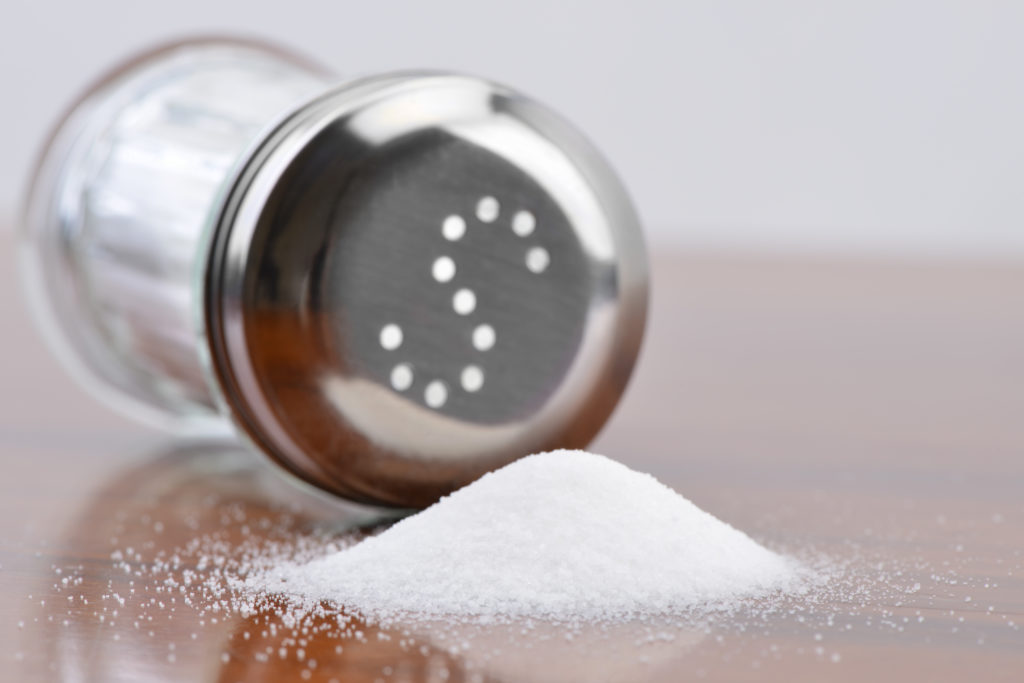
FDA Issues Draft Guidelines for Voluntary Sodium Reduction in Foods
In early June the FDA took a stand on eliminating excess salt in packaged and prepared foods from the American diet.
The average American consumes 3,400 mg of sodium, roughly 1.5 teaspoons of salt, per day. This by far exceeds the new 2015–2016 Daily Value guidance limit of < 2,300 milligrams per day. You may be surprised to learn that most dietary sodium doesn’t come out of our saltshakers. In fact, most of it is added into processed and prepared foods, where you may not expect to find it—and may not even taste it. Such foods include crackers, cheese, bread and breakfast cereals.
The draft voluntary sodium-reduction goals affect over 150 categories of processed, prepared and packaged foods. The FDA has opened the report for public comments and has recommended 2-year and 10-year targets for implementation.
“We recognize that some reductions can be made in the short term, but that further reductions may require strategies that take time to develop,” wrote Susan Mayne, PhD, director of the FDA’s Center for Food Safety and Applied Nutrition in a June 1 blog. “We are confident that the two-year targets are readily achievable and that it makes sense to act on them first. That’s in part because many companies have already taken steps on their own initiative to reduce sodium in certain foods, and we applaud these efforts.
“The facts speak for themselves. Our food supply is still too high in sodium, and there is important work yet to be done,” she said. “With today’s announcement we commit to working closely with industry on the best path forward to reduce sodium in our food supply and improve the public’s health.”
Submit any comments you have on the FDA sodium guidance report here:
www.fda.gov/Food/GuidanceRegulationGuidanceDocumentsRegulatoryInformation/ucm494732.htm.